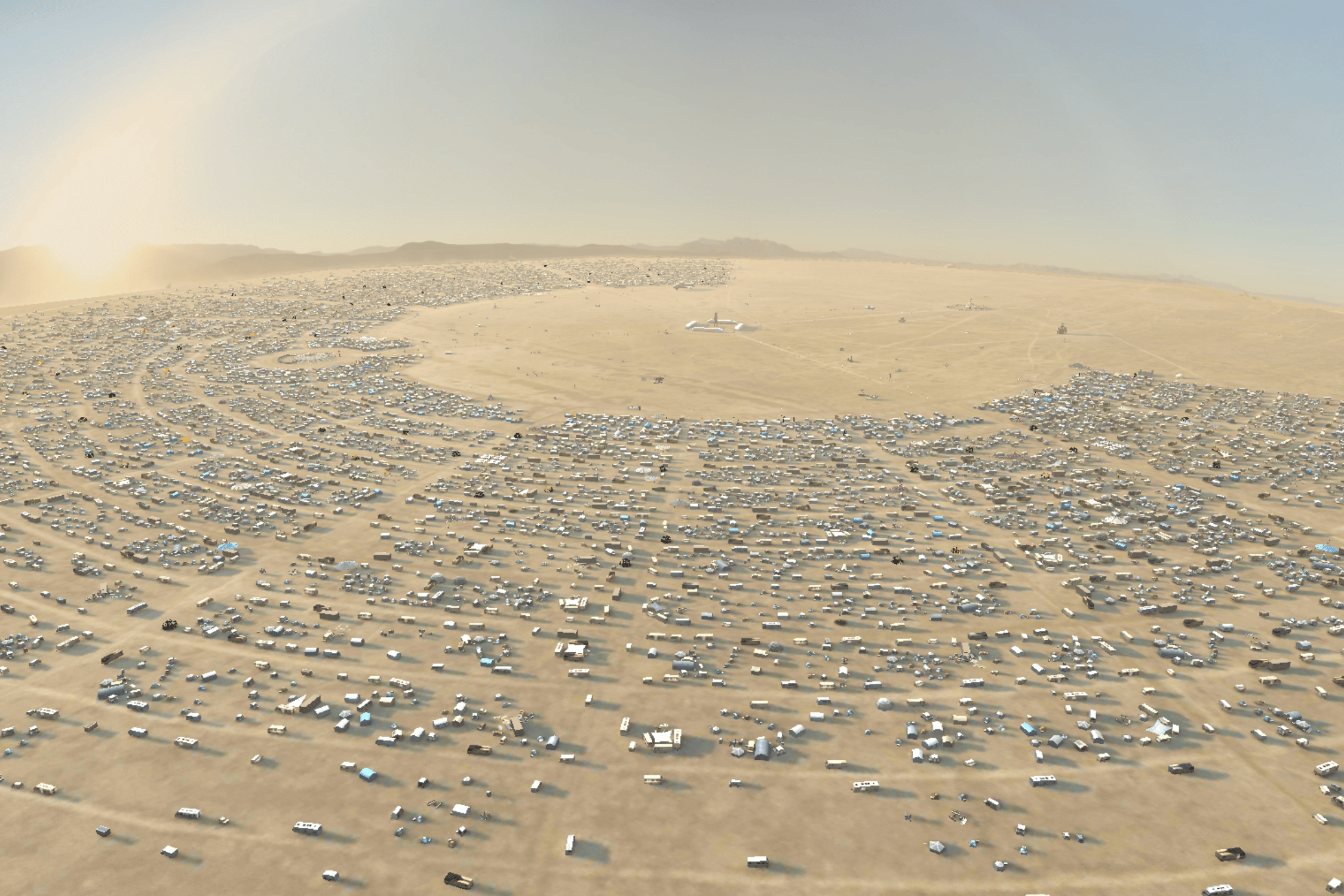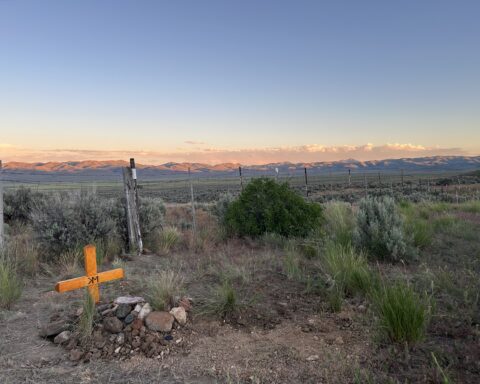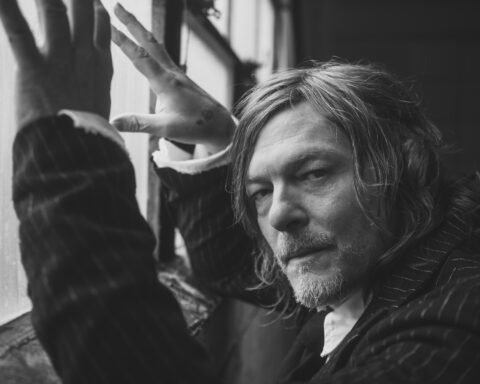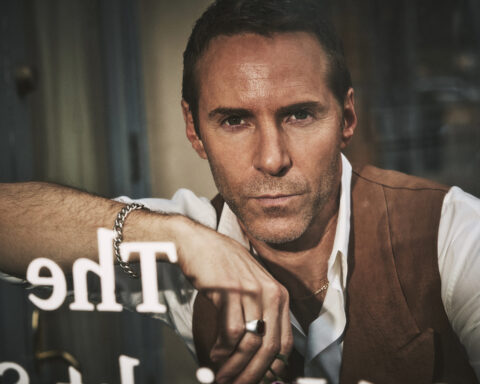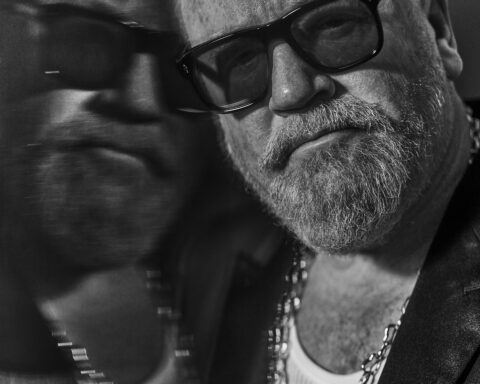This week, 80,000 soul searchers should have descended upon seven square miles of the Nevada desert for the annual Burning Man event.
The temporary city (don’t call it a festival!) erected at Black Rock City has become the spiritual home to thousands who unite each year to share in art, creativity, community and a spoonful of hedonistic escape.
When Larry Harvey and Jerry James first launched the event on the night of summer solstice in 1986, the crowd was 35 people and the first ‘man’ burned was just eight feet tall. But it has since become among the most influential events in the world’s alternative culture calendar.
For some, the nine-day event the ultimate expression of their bohemian lifestyle, for others, like previous tech billionaire attendees Elon Musk, Jeff Bezos and Mark Zuckerberg, it’s a search for inspiration and release from their more corporate life.
Some of the usual Burning Man rituals include exploring The Playa in elaborate Art Cars and Mutant Vehicles adapted from cars or trucks (think pink pirate ships with dancefloors). Burners howl and cheer at the sunrise and sunset surrounded by the breathtaking sculptures and art installations. The Burning Man effigy is still set aflame on the final Saturday night each year, a tradition that has remained for 34 years. And on the Sunday it’s time to burn the The Temple, where attendees have spent the week leaving notes to mourn those they have lost, as the gathered community find catharsis in watching their messages flutter away as ash.
And we can’t forget dressing appropriately for Tutu Tuesday, of course.
But this year, due to Covid-19, Burning Man has been cancelled for the first time in its history. So we wondered, what are the world’s community of devoted attendees doing this week to keep their creative fires burning?

The virtual Burning Man in BRCvr // 📸: BRCvr
Each year the event has a theme, and this year it is Multiverse. Eight unique virtual Burning Man communities and a virtual temple have been created by individual groups of established Burners to allow their fellow community members to experience the magic of Black Rock City from their homes.
BRCvr is one of the eight immersive experiences that make up the Multiverse, and perhaps the most elaborate. Burners are used to wearing goggles to protect their eyes from the dust on The Playa, but BRCvr is best experienced wearing a VR headset, with members invited to bring their 3D digital art installations, mutant vehicles and themselves — via VR avatars — to play in the digital dust.
Athena Dumos is a Burning Man community organizer in Los Angeles and one of the founders of the BRCvr experience.
She says: “We have created a virtual version of the Black Rock desert, complete with great art and camps.
“What we have done is very much like what Burning Man does, where we created a template, a foundation, a palette for the burners to create on.
“The artists are creating their own art, which we call the worlds, and they are anything that you can possibly imagine. I like to say: ‘If you can hallucinate it, they can create it.’
“And we don’t have physics in VR, you’re not ruled by gravity, so you can really push the boundaries of the imagination.”
The ten principles of Burning Man are radical inclusion, gifting, decommodification, radical self-reliance, radical self-expression, communal effort, civic responsibility, leaving no trace, participation and immediacy. And Athena and her team have made sure all are present in their virtual world.
“Everything we do BRCvr is in some way is inspired by the 10 principles,” she says.
“The one we are really pushing is radical inclusivity, and we’re trying to get as many people from different walks of life on the platform. And so that’s why it’s free for people to attend.
“We’re radically self-expressive, so that everyone can express themselves, however they want, without any judgment, as long as they do it within the principles.
“And another of those principles is civic responsibility, which means everyone has a responsibility to the overall community. And we also have a responsibility to the communities we live within — so in VR and in physical reality.
“And leave no trace is an interesting one because we don’t have garbage or trash in virtual reality — but we do have garbage interactions. And so leave no trace has become: ‘Don’t put your negative s*** on someone else.’
“Another of the principles is immediacy. And right now, there is an immediate need for BRCvr.”

The Virtual Playa // 📸: BRCvr
Burning Man has become the largest interactive art exhibition in the world, and now the Multiverse is the digital equivalent.
Art in the BRCvr playa includes iconic pieces seen at the event over the last two decades along with new pieces that were being built for this year’s event but never made it to Nevada after the health crisis hit — and some that only the move to VR has made possible.
The Tree of Tenere, a tree blooming with multi-colored LED leaves each with their own unique computer programming, is one of the best-known Burning Man art installations — and in the VR version there is a whole forest of these trees of them that we can fly through.
Meanwhile other pieces, like the Gnosis, features three figures floating in space and was designed especially for the VR experience and could never have existed in reality.
And at the front of the art installations we encounter as our avatar explores the virtual playa is a Star Trek-style portal that takes us into an a whole immersive world created by the artists.
While coronavirus threw the production of BRCvr into swift action, it has actually been in development since 2014, when co-founder and professional VR developer Greg Edwards photographed every corner of the real-life playa to turn it into a virtual experience.
But commercial VR headsets like the Oculus were not yet available, and the project then sat on the shelf for a few years until technological advances collided with the demand brought by the health crisis to create the perfect dust storm for it to come to life.
And another of the three BRCvr founders, documentarian Doug Jacobson, says: “This is a big moment for VR. This moment is the reason for VR.
“We’ve heard of people coming into our world and crying because it just hit them, ‘Oh my god, I’m here.’ They’re feeling so isolated right now and there’s a nostalgia running through our event and that’s the key.”

Virtual burners gather round a campfire in BRCvr // 📸: BRCvr
Burners around the world will be partaking in that nostalgia by recreating the event’s traditional ceremonial moments this week, both online and in small in-person groups.
On Saturday, when the iconic 75ft man traditionally burns, thousands of burners around the world are going to burn a small version of the effigy at home, and some of those local events will be beamed into the virtual worlds.
And on Sunday all the data of the heartfelt notes that digital attendees have left in virtual temple will be put onto a hard drive which will be broken up and made into a piece of art.
Another of the eight immersive experiences Multiverse is Build-A-Burn and Daniel Liebeskind — a multi-talented product builder who, when pushed, describes his occupation as ‘sorcerer’ — is one of the creators of that world.
Build-a-Burn takes a more simplistic and accessible approach, with a cartoon-like 2D world that doesn’t need VR kit to experience in full, and it’s getting 2,800 visitors a day.
As you move around the customized camps and artwork in their virtual playa, with your computer video and audio on, other attendees’ live video feed pops up on your screen as you approach them. Think of it a bit like a massive Zoom party.

The interactive world of Build-A-Burn : 📸: Build-A-Burn
And like so much innovation in coronavirus, Daniel and partner Dylan Jones’ company Topia have developed technology through necessity that could enhance our lives long after the health crisis is over.
Daniel says: “We are trying to help people connect with each other authentically and to solve some of the problems with modern tools for video conferencing and multi-way gatherings.
“On these existing tools, one person at a time can talk and it’s very meeting oriented. And so what we wanted to do was build something for today’s age that allows people to navigate a space and connect with each other organically, authentically and have serendipity.
“And so when you go into Build-a-Burn, you’re able to move around the huge open playa and as you’re moving around, whenever you get close to people, their video and their audio fades in, and you can see them and then when you move away their video and audio fades away.
“So you navigate this whole space like you would in real life, having little conversations here and there, joining bigger groups and carving out into smaller groups. It’s one of the most magical things about Burning Man, the serendipity of wandering around and finding yourself on little random adventures with other people.
“I think the technology that we have now is definitely applicable to lots of other things and we have a lot of people talking to us about using it for their events.
“I think one of the things we’re really excited about is providing accessibility and democratizing access to things like Burning Man. Only 70,000 people a year can actually go to the physical space, but millions could access this sort of digital experience going forward.”
And ultimately Daniel believes these virtual worlds can recreate the shared experience that is at the center of the Burning Man philosophy, where users can temporarily leave behind their normal lives to connect with others in the community on a deeper level.
He explains: “One of the rules on the playa applies, that we don’t really talk about the ‘default world,’ we don’t talk about our real lives. And so you have these very deep connections and experiences with people.
“All your anxieties, everything that exists in the default world, when you come to Burning Man and roll around in the dust for the first time, you’re just leaving all of that behind. We’re not bringing any of it with us. And that’s incredibly powerful.”
So, for this year at least, the escapism of VR seems the perfect replacement. As Burning Man was already a virtual reality, of sorts.


